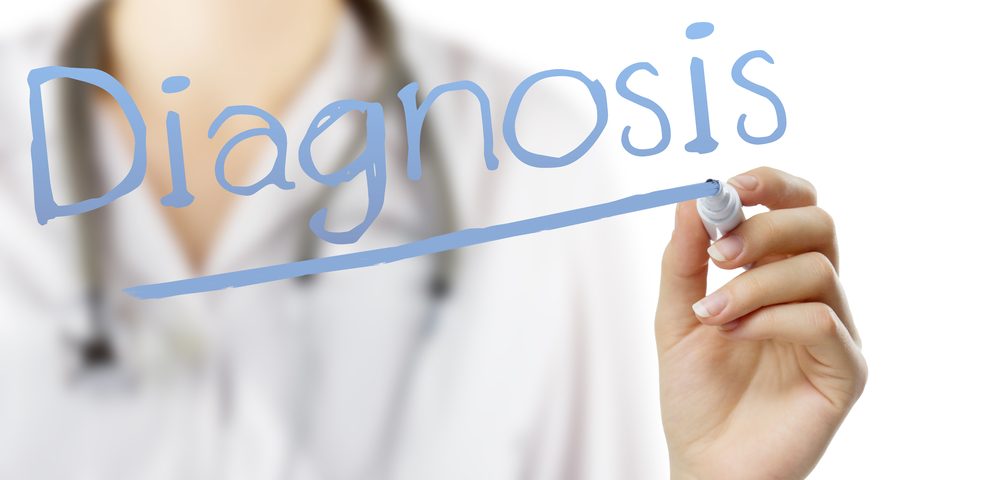New Diagnostic Index Enables Earlier ALS Diagnosis, Study Reports

A new diagnostic score accounting for age at disease onset and motor neuron dysfunction in the brain is able to distinguish amyotrophic lateral sclerosis (ALS) from other neuromuscular disorders early in disease process, a study reports.
The study, “Amyotrophic lateral sclerosis diagnostic index: Toward a personalized diagnosis of ALS,” was published in the journal Neurology.
Significant diagnostic delays have been reported in ALS, which could affect starting early treatment with neuroprotective therapies and recruitment into clinical trials.
The need for more efficient ALS diagnostic criteria has led to revisions of the clinically based El Escorial criteria, but difficulties in identifying upper motor neuron (UMN) dysfunction — a hallmark of ALS — has limited their sensitivity.
Objective assessment of motor neurons in the brain’s outer layer, the cortex, could be beneficial, as hyperexcitability, or overactivation, of these neurons is an early and specific feature of ALS and has been reported as an adverse prognostic biomarker in this disease.
Researchers from the University of Sydney and Westmead Hospital in Australia used a type of statistical analysis to develop a diagnostic score for ALS including clinical, standard neurophysiological, and transcranial magnetic stimulation (TMS) measures of UMN integrity, named the ALS diagnostic index (ALSDI).
A total of 407 patients were enrolled (245 men, 162 women, mean age 58.7 years), 305 of whom were then diagnosed with ALS, with a median disease duration of 12 months, using the Awaji diagnostic criteria as a reference standard, and 102 of whom were diagnosed with a non-ALS neuromuscular mimicking disorder, serving as controls. These non-ALS disorders included acquired neuromyotonia, Kennedy disease, Hirayama disease, and inclusion body myositis, among others.
Compared with controls, ALS patients were older (median age 62 years vs. 53 years) and showed greater muscle weakness and more prominent UMN signs. They also exhibited a moderate degree of functional disability at final diagnosis, as assessed with the ALS Functional Rating Scale–Revised.
Factors such as being older than 50 years, bulbar-onset disease (first manifestations in speech or swallowing), noticeable UMN signs, and motor cortex inexcitability, or no activation in this subset of the brain’s cortex, significantly correlated with ALS at final diagnosis.
The ALSDI reliably differentiated ALS from other neuromuscular disorders in the first, or training, group, with an ALSDI score of four or higher, exhibiting 81.6% sensitivity, 89.6% specificity, and 83.5% accuracy. The ALSDI score ranged from zero, indicating no ALS, to 28, strongly predictive of ALS. A score of four or greater was derived by adding together values associated with being older than 50 years at disease, low compound muscle action potential amplitude (one of the assessed TMS measures), and bulbar-onset ALS.
The diagnostic utility was confirmed in the test group, used to provide better assessment in a real-world setting, with an ALSDI score of four or higher having 83.3% sensitivity, 84% specificity, and 83.5% accuracy.
ALSDI’s diagnostic utility at this threshold score was further confirmed in the 133 patients who initially did not meet Awaji criteria — resulting in the identification of 38 additional patients with ALS (29%) — and in those with limb-onset ALS. Use of riluzole (marketed as Rilutek by Sanofi and Tiglutik by ITF Pharma) did not affect the diagnostic utility.
The proposed threshold score of ALSDI “could enhance ALS diagnosis, especially in early stages of the disease process or in atypical phenotypes, and should be used in conjunction with the Awaji criteria,” the researchers wrote. “Ultimately, this approach may enable increased recruitment into therapeutic trials, at an earlier stage of the disease process, when neuroprotective agents may be most efficacious.”






